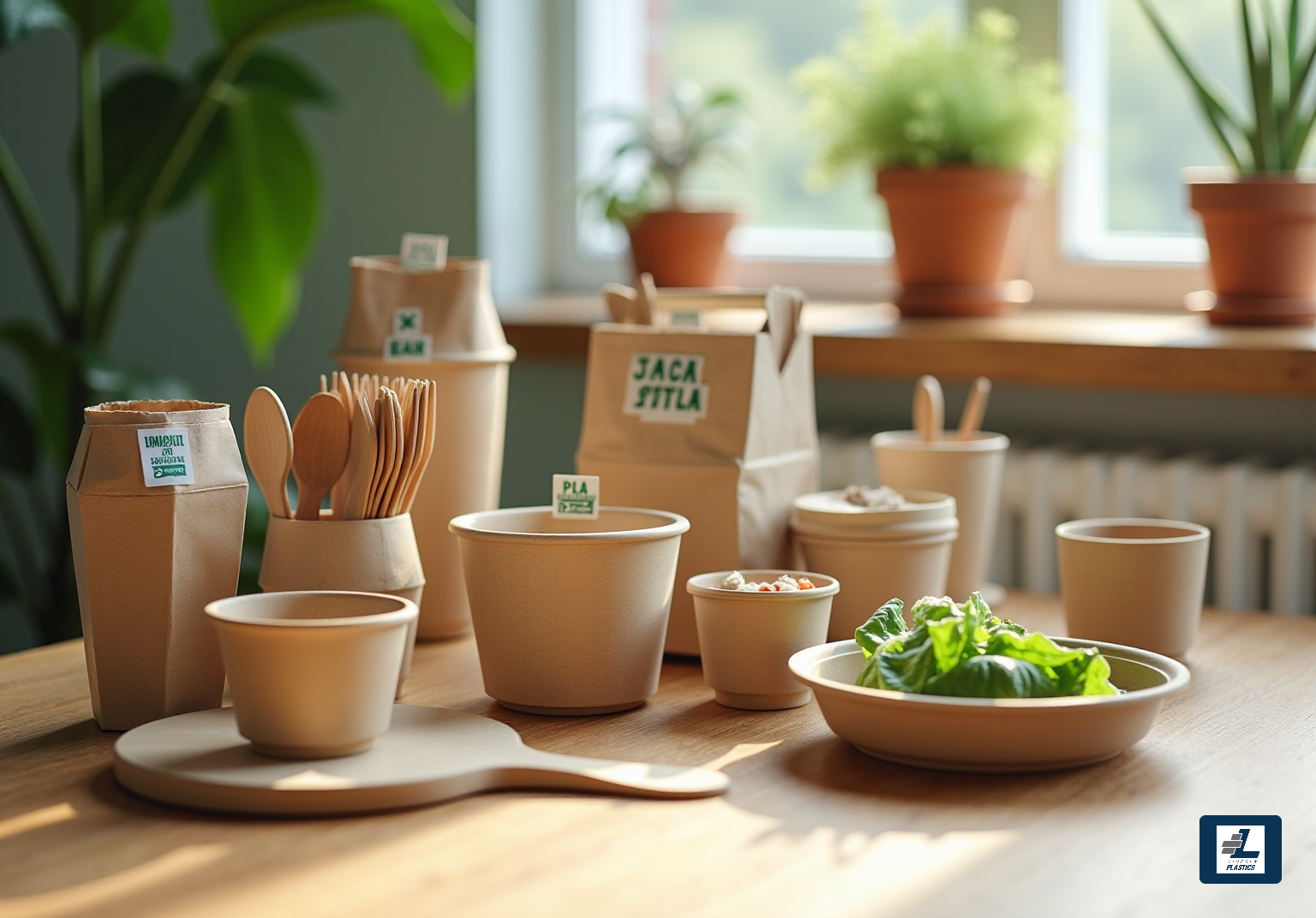
What Are Biodegradable Plastics? Key Facts and Applications Explained
Overview
Have you ever thought about the mountains of plastic waste piling up around us? It’s a real challenge, right? Well, here’s where biodegradable plastics come into play. These materials are designed to break down faster than traditional plastics, thanks to the help of microorganisms that work to reduce environmental waste.
Now, let’s talk about what makes these plastics special. They can be made from renewable resources or petrochemicals, and they’ve come a long way over the years. The article dives into their composition, historical development, and key characteristics. Plus, it highlights various applications that show just how much potential they have to cut down on pollution and support sustainable practices.
So, what do you think? Could biodegradable plastics be part of the solution we need? It’s definitely worth considering as we look for ways to tackle our plastic problem!
Introduction
Have you ever thought about the plastic waste piling up around us? It’s a big deal, and it’s got everyone talking about sustainable alternatives. That’s where biodegradable plastics come into play! These innovative materials break down faster than the usual plastics, offering a glimmer of hope in our fight against the environmental crisis.
But here’s the thing: with so many types and uses popping up, you might be wondering what biodegradable plastics really are, how they stack up against traditional options, and what part they can play in creating a greener future. Let’s dive into this together!
Define Biodegradable Plastics: Understanding Their Composition and Purpose
Have you ever thought about where all that waste goes? What are biodegradable plastics? They are here to help tackle that problem! These materials are designed to break down faster than traditional ones, thanks to the work of living organisms, like microorganisms. You can find them made from renewable resources, such as corn starch or sugarcane, or even created from petrochemicals with some added ingredients that help them decompose.
The big idea behind compostable materials is to cut down on the waste piling up in landfills and oceans, which helps reduce pollution. Unlike regular plastics that can take centuries to break down, compostable materials can disintegrate in just a few months to a couple of years, which raises the question of what are biodegradable plastics and how they differ based on the conditions and materials used.
So, next time you’re thinking about your waste, remember that there are better options out there! Let’s make a conscious choice to support biodegradable materials and help our planet.
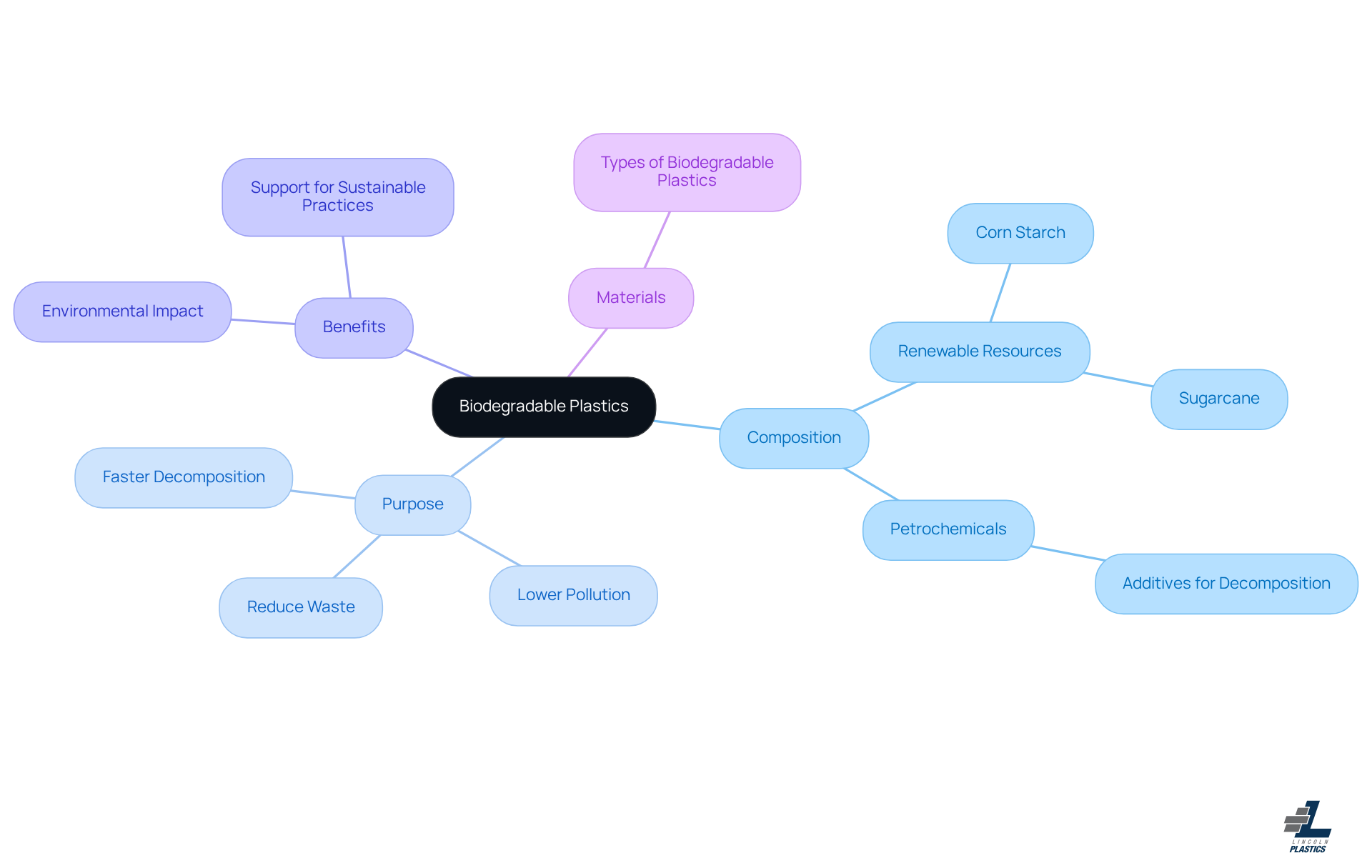
Trace the Origins of Biodegradable Plastics: Historical Development and Innovations
You know, the whole idea of what are biodegradable plastics has been discussed since the early 20th century. But it really picked up steam in the 1970s and 1980s when people started caring more about the environment and learning about what are biodegradable plastics. One of the cool innovations from that time was polylactic acid (PLA). It’s made from fermented plant starch and became a popular choice because it’s compostable.
Fast forward to the 1990s, and we saw some exciting developments with additives that helped traditional materials break down better. This was a game changer for the industry! And guess what? Research is still going strong today, focusing on making these materials even better. The primary question is, what are biodegradable plastics? To create products that exemplify what are biodegradable plastics, allowing them to decompose naturally without leaving behind any nasty residues.
So, what do you think about the progress we’ve made? It’s pretty amazing, right? Let’s keep the conversation going about how we can support these innovations and make a positive impact on our planet!
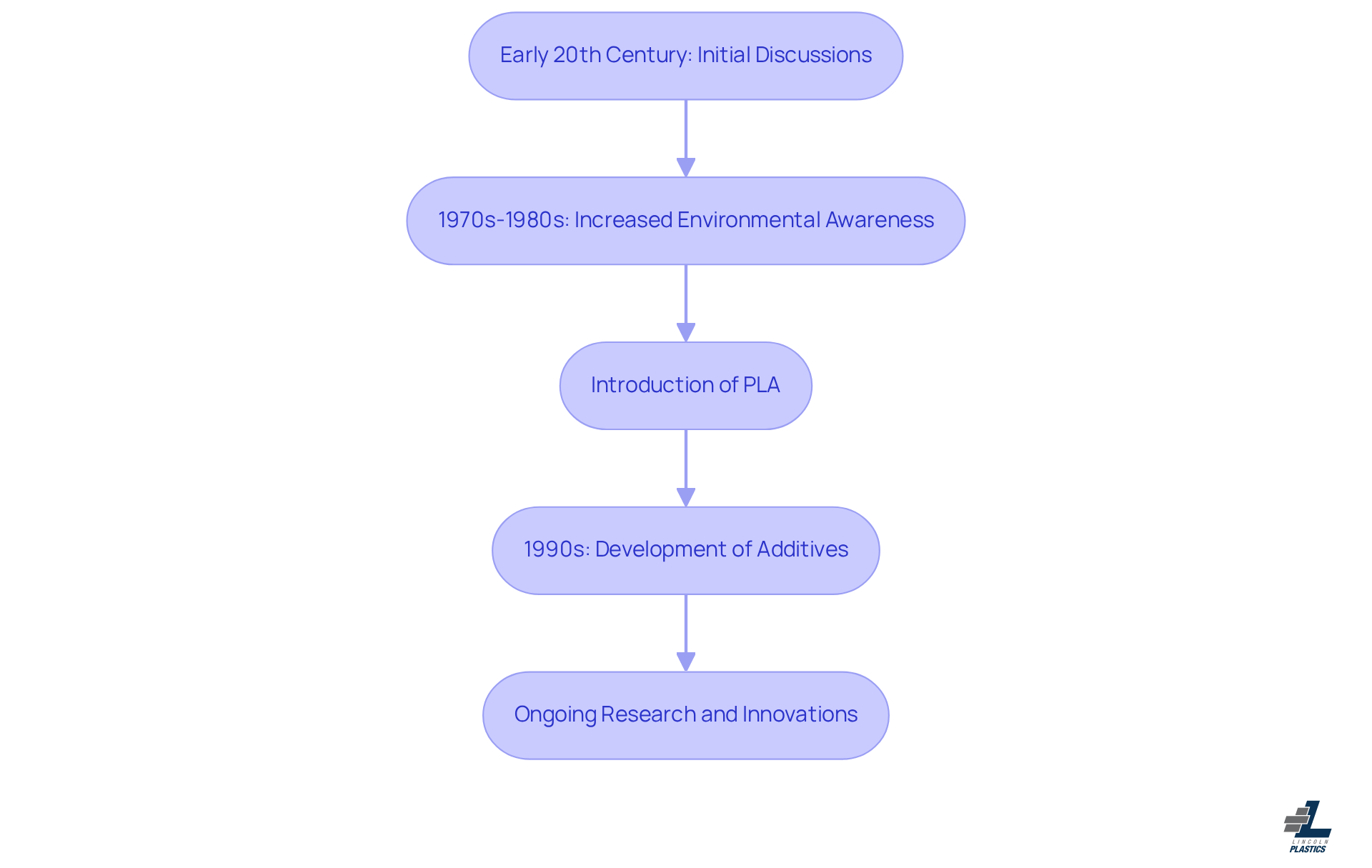
Examine Key Characteristics: Types and Properties of Biodegradable Plastics
Let’s dive into the world of biodegradable materials! You might be surprised to learn that they fall into two main categories: bio-based and petroleum-based. Bio-based compostable materials, like PLA and polyhydroxyalkanoates (PHA), come from renewable resources and are often perfect for composting. On the flip side, we have petroleum-derived compostable materials, such as polycaprolactone (PCL). These are made from fossil fuels but are designed to break down quicker than your typical plastics.
Now, what makes compostable materials stand out? Well, it’s all about their key characteristics, like:
- Tensile strength
- Flexibility
- How fast they degrade
These traits can change quite a bit depending on factors like temperature, humidity, and microbial activity. Understanding these features is super important when you’re picking the right eco-friendly material for your specific needs. So, next time you’re choosing materials, keep these insights in mind!
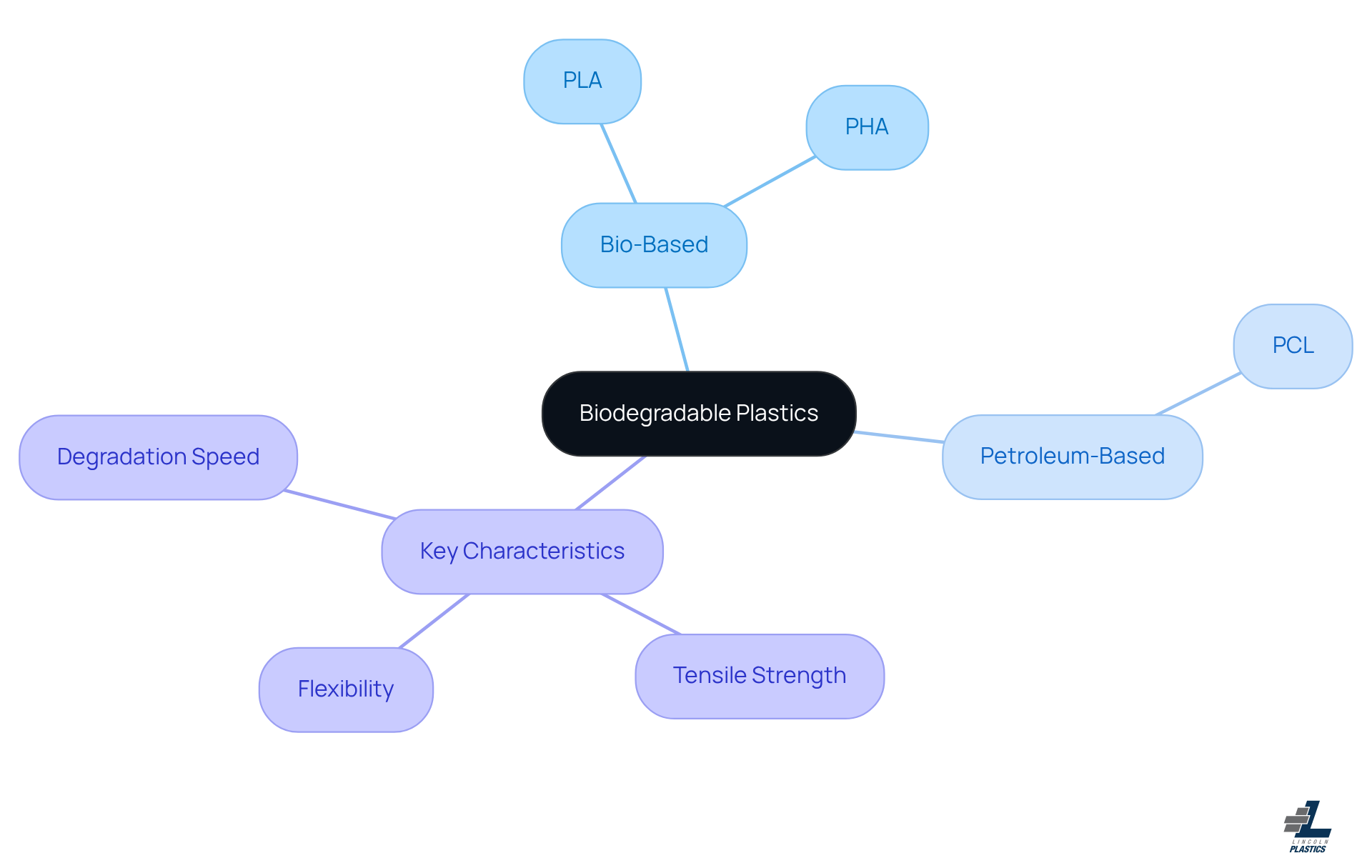
Explore Applications: Real-World Uses of Biodegradable Plastics
Have you ever thought about the impact of plastic on our environment? Well, what are biodegradable plastics doing to help tackle this issue in some pretty cool ways? They're popping up in all sorts of places, from packaging and agricultural films to disposable cutlery and even medical devices.
In the packaging world, businesses are starting to embrace compostable materials for things like bags and food containers. This shift is all about cutting down on landfill waste, which is something we can all get behind, right? And in agriculture, those eco-friendly films are doing wonders by covering crops. They help retain moisture and, best of all, they break down after the growing season.
Now, let’s talk about the medical field. An example of what are biodegradable plastics includes their use in sutures and drug delivery systems, which means less hassle for patients since there's no need for surgical removal later on. How great is that? These applications not only tackle environmental concerns but also spark innovation in product design and functionality. So, next time you see biodegradable plastics, remember they’re not just a trend—they’re part of a bigger solution!
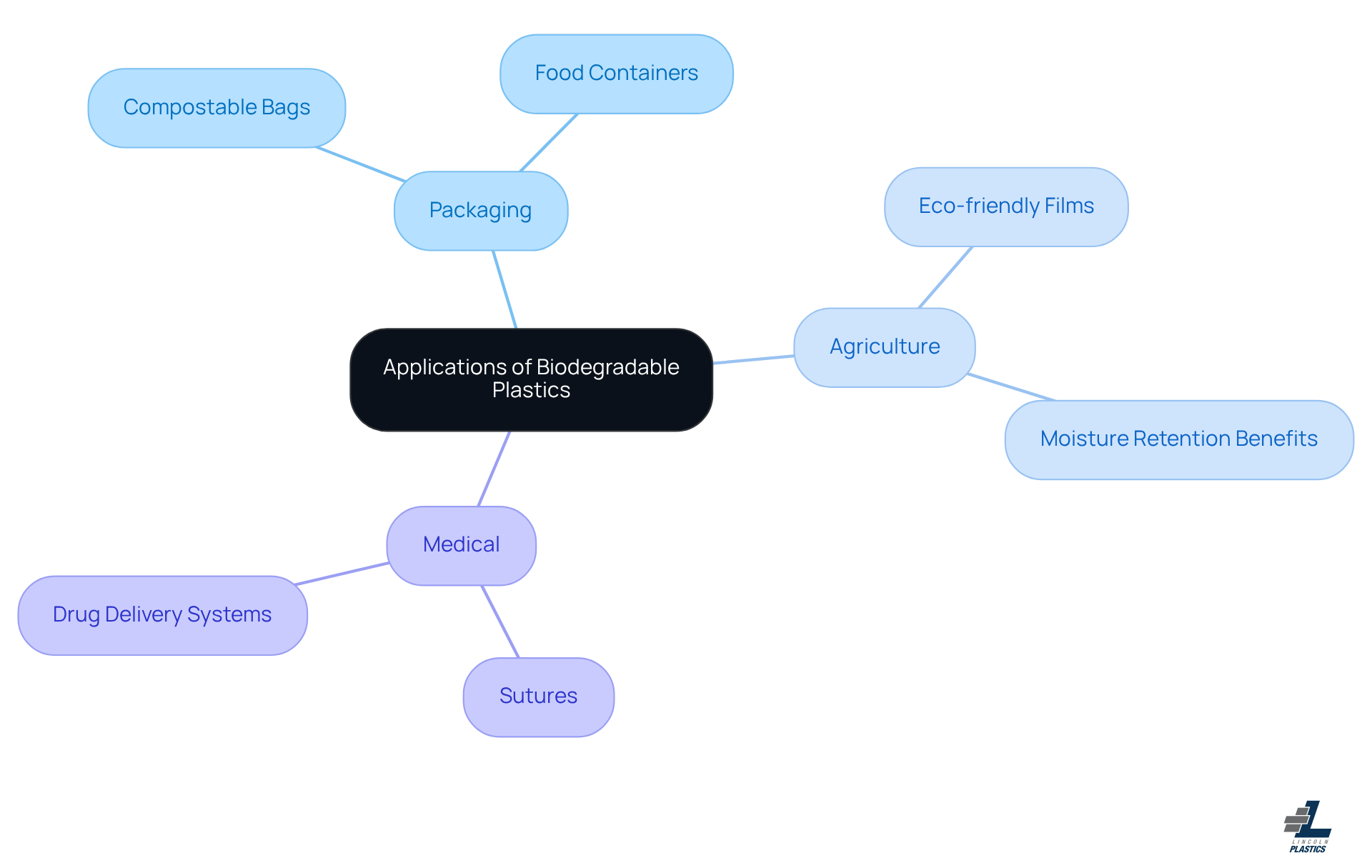
Conclusion
Biodegradable plastics are a game changer in tackling the huge problem of plastic waste. These clever materials break down way better than regular plastics, thanks to their design and the help of microorganisms. By using renewable resources or modified petrochemicals, biodegradable plastics aim to cut down on pollution and lighten the load on our landfills and oceans.
As we dive into the world of biodegradable plastics, some key insights pop up. The history of these materials shows how our awareness of environmental issues has grown, leading to cool innovations like polylactic acid (PLA) and additives that help traditional plastics break down faster. It’s super important to understand the different types—bio-based and petroleum-based—and their unique properties so we can make smart choices about what materials to use. You’ll find biodegradable plastics in all sorts of industries, from packaging that reduces waste to medical devices that make patient care easier. This really highlights their versatility and potential to spark positive change.
Now, let’s talk about why embracing biodegradable plastics is so crucial. As we all become more aware of how plastic affects our environment, supporting the shift to biodegradable options is key. By making thoughtful choices and pushing for sustainable practices, both individuals and businesses can help create a healthier planet and a cleaner future. The journey to reduce plastic waste is ongoing, and every little step we take towards biodegradable solutions brings us closer to a more sustainable world.
Frequently Asked Questions
What are biodegradable plastics?
Biodegradable plastics are materials designed to break down faster than traditional plastics, thanks to the action of living organisms such as microorganisms.
What are biodegradable plastics made from?
They can be made from renewable resources like corn starch or sugarcane, or created from petrochemicals with added ingredients that promote decomposition.
What is the purpose of biodegradable plastics?
The purpose of biodegradable plastics is to reduce waste accumulation in landfills and oceans, thereby helping to decrease pollution.
How long does it take for biodegradable plastics to break down?
Unlike regular plastics that can take centuries to decompose, biodegradable plastics can disintegrate in just a few months to a couple of years, depending on the conditions and materials used.
Why should we consider using biodegradable plastics?
Using biodegradable plastics can help lessen the environmental impact of waste, making it a more conscious choice for supporting the planet.


